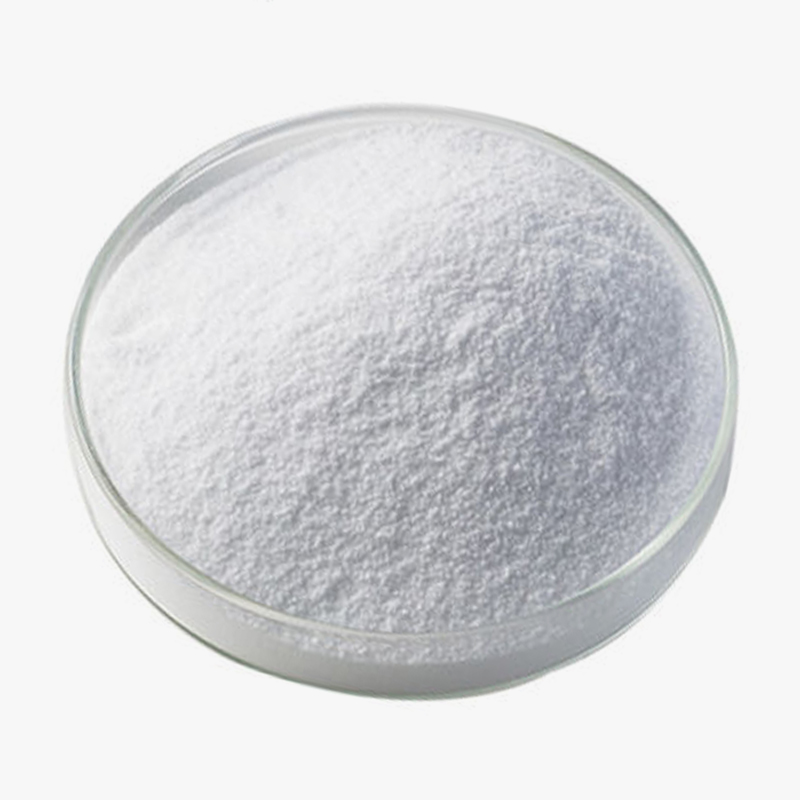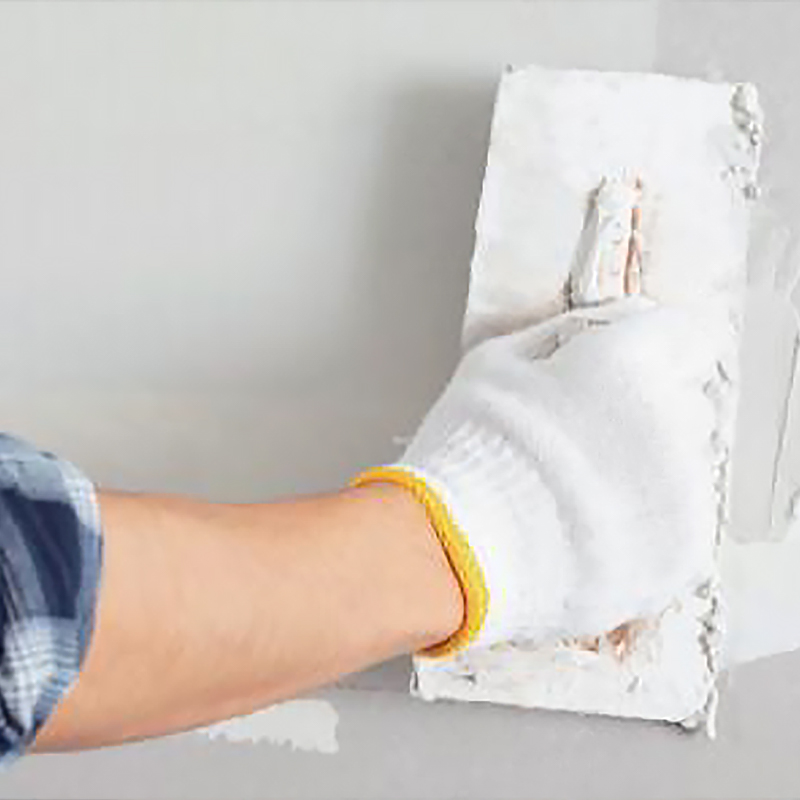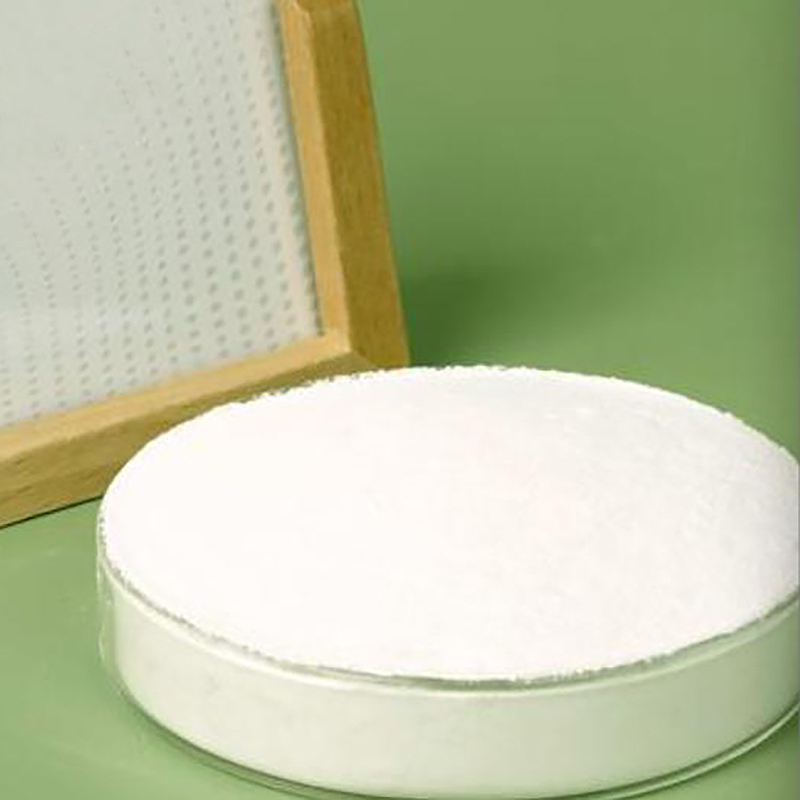1. Characteristics and construction applicability of HEMC
Hydroxyethyl methyl cellulose (HEMC) is a cellulose derivative obtained by etherification reaction of natural cellulose with ethylene oxide and methyl chloride after alkalization treatment. Its molecular structure contains two etherification groups, hydroxyethyl and methyl. This special chemical structure gives HEMC a series of excellent properties, making it particularly suitable for construction applications. HEMC is a non-ionic polymer, which means that its performance is not affected by pH value and can remain stable in acidic and alkaline environments. This feature is particularly important for cement-based materials because the cement hydration process will experience an environment that changes from strong alkaline to neutral.
The water solubility of HEMC is one of its core characteristics. Compared with ordinary methyl cellulose (MC), due to the introduction of hydroxyethyl, HEMC has a wider temperature adaptability range, is soluble in both cold and hot water, and the solution will not produce gel or precipitation due to temperature changes. This feature ensures the stability of the performance of building materials under different climatic conditions. HEMC solutions have a wide range of viscosities, from low viscosity to ultra-high viscosity, which provides flexible options for different construction applications - self-leveling mortars require low-viscosity HEMC to improve fluidity, while plaster mortars require high-viscosity HEMC to enhance anti-sagging properties.
From an environmental perspective, HEMC fully meets the requirements of modern construction industry for green materials. It uses natural cellulose as raw material, has no toxic byproducts in the production process, and the finished product is biodegradable and environmentally friendly. This feature enables it to maintain market competitiveness under increasingly stringent environmental regulations and help the construction industry achieve sustainable development goals. HEMC's biocompatibility also eliminates health risks for construction workers and safety issues in later use of construction, which is an advantage that many synthetic polymer additives cannot match.
The versatility of HEMC is reflected in the fact that a single additive can achieve multiple performance improvements at the same time. In building materials, HEMC can not only thicken and retain water, but also entrain air, slow setting and enhance bonding. This "one dose, multiple effects" feature simplifies formulation design and reduces production costs. For example, in tile adhesives, HEMC provides three key functions: water retention (ensuring full hydration of cement), thickening (preventing tiles from sliding down), and extended open time (facilitating position adjustment).
HEMC has good compatibility with other building chemical additives and can be used in conjunction with a variety of admixtures such as water reducers, defoamers, latex powders, etc. without antagonistic effects. This synergistic effect enables building material formulators to precisely control material properties to meet different engineering needs.
2. The core mechanism of HEMC in building materials
The physicochemical basis for the multiple functions of hydroxyethyl methylcellulose in building materials stems from its unique molecular structure and hydration behavior. When HEMC powder comes into contact with water, the hydroxyl (-OH) and ether bonds (-O-) on its molecular chain immediately form hydrogen bonds with water molecules. This strong intermolecular force is the root of all the application properties of HEMC. As the dissolution process proceeds, the HEMC molecular chain gradually unfolds and forms a three-dimensional network structure, converting free water into bound water, thereby significantly improving the viscosity and water retention capacity of the system. This microstructural change is directly reflected in the improvement of macroscopic building material performance.
The water retention mechanism is one of the most important mechanisms of action of HEMC. In cement-based materials, HEMC achieves water retention function in two ways: one is that HEMC molecules form hydrogen bonds with water molecules to convert free water into bound water; the other is that the network structure formed by the entanglement of HEMC macromolecular chains physically blocks the migration of water. Studies have shown that even if 0.1%-0.3% HEMC (by weight of dry powder) is added, the water retention rate of mortar can be increased from 70% to more than 95%, which ensures that cement can be fully hydrated on dry or porous substrates to avoid strength loss due to lack of water. The water retention effect of HEMC is affected by many factors: at the same dosage, the higher the viscosity of HEMC, the better the water retention; the increase in ambient temperature will reduce the water retention effect; and the appropriate dosage (usually 0.1%-0.5%) can achieve the ideal water retention rate. Although further increasing the dosage can improve water retention, the cost performance decreases.
The thickening and thixotropic effects of HEMC change the rheological properties of building materials. HEMC solution has obvious shear thinning characteristics - the viscosity decreases at high shear rates of stirring or applying, which is convenient for construction operations; while it recovers high viscosity in a static or low shear state to prevent the material from sag or sedimentation. This intelligent response characteristic makes HEMC particularly suitable for plaster mortar and tile adhesive for vertical surface construction. The thickening effect mainly depends on the molecular weight and concentration of HEMC - the larger the molecular weight and the higher the concentration, the more significant the thickening effect. However, too high viscosity will affect the construction performance, so it is necessary to select HEMC products with appropriate viscosity according to different applications.
As a surfactant, HEMC exhibits dual characteristics in cement-based materials: the hydrophilic groups (hydroxyl groups and ether bonds) and hydrophobic groups (methyl groups and glucose rings) in the molecules make it surface active, which can reduce the surface tension of water and introduce fine bubbles. These bubbles act as "ball bearings" in the mortar, improving the smoothness of construction and increasing the slurry yield of the material (volume increase). However, too many bubbles will reduce the strength of the hardened body, so it is often necessary to use it in conjunction with a defoamer to achieve the best pore structure. The air entrainment of HEMC is usually between 5% and 15%, which is greatly affected by the dosage, mixing method and other additives.
HEMC has a significant retarding effect on the cement hydration process, which has both advantages and disadvantages. HEMC molecules are adsorbed on the surface of cement particles, hindering the contact between water and minerals, slowing down the hydration reaction rate, and prolonging the setting time. This retarding property is very valuable in construction with high temperatures in summer or long operation time; but it may become a disadvantage in winter when it is low temperature or requires rapid setting. By adjusting the HEMC dosage (usually 0.05%-0.2% can extend the setting time by 1-4 hours) or using it with a coagulant, the setting time can be precisely controlled to meet the engineering needs.
The bonding enhancement mechanism of HEMC involves both physical and chemical effects. Physically, HEMC increases the viscosity of the mortar and increases the contact area with the substrate; chemically, the polar groups in the HEMC molecules form hydrogen bonds and van der Waals forces with the surface of inorganic materials. In applications such as tile adhesives and plaster mortars, HEMC can significantly improve bond strength (usually by 20%-50%) and reduce the risk of hollowing and falling off. This bond enhancement effect is particularly evident on smooth surfaces or low water absorption substrates (such as vitrified tiles).
3. Application performance of HEMC in dry-mixed mortar
Dry-mixed mortar is an important part of the modern construction industry, and its performance is directly related to construction efficiency and project quality. Hydroxyethyl methylcellulose, as a key additive in dry-mixed mortar, is present in almost all special mortar formulas and plays an irreplaceable role.
Tile adhesive is one of the most typical areas of HEMC application. In the process of traditional cement mortar pasting tiles, problems such as hollowing and falling off are common, and tile adhesives with 0.3%-0.7% HEMC can completely solve these problems. HEMC forms a three-dimensional network structure in tile adhesive, giving wet mortar excellent anti-slip properties. Even large-sized tiles will not slide down on the wall, greatly improving construction efficiency and safety. At the same time, HEMC ensures that cement is fully hydrated through water retention. Even if it is constructed in high temperature, windy environment or on a highly absorbent substrate, it can form a high-strength cement stone structure to avoid the decrease in bonding force due to insufficient hydration. HEMC can also extend the open time of tile adhesives (usually to more than 30 minutes), giving construction workers enough time to adjust the position of tiles, which is particularly important in large projects.
External thermal insulation systems (ETICS) are another important application area for HEMC. In these systems, HEMC is mainly used for bonding mortars and plastering mortars, and the addition amount is usually 0.2%-0.5%. HEMC's water retention function is particularly critical here, because insulation materials (such as EPS boards or rock wool) usually have very low water absorption. The water in traditional mortars will evaporate or migrate quickly, resulting in insufficient hydration of cement. After adding HEMC, the mortar can also retain enough water on the low water absorption substrate to complete the hydration reaction and ensure the bonding strength. At the same time, the increased flexibility brought by the air entrainment of HEMC helps to buffer the thermal stress of the insulation system and reduce the risk of cracking.
The performance requirements of HEMC for self-leveling mortar are very different from those of the above applications. Self-leveling materials need excellent fluidity and self-leveling ability, but they cannot delaminate and bleed, which requires the use of low-viscosity but good water-retaining HEMC. In this application, the dosage of HEMC is usually low (0.02%-0.1%), and it mainly plays the role of stabilizing the system to prevent solid particles from settling and water from floating. The synergistic effect of HEMC and water reducer is particularly prominent here - water reducer provides fluidity, and HEMC keeps the system uniform and stable. The combination of the two can obtain a high-performance self-leveling material with a fluidity of more than 130mm and a 28-day compressive strength of more than 30MPa.
Repair mortar is another application area of HEMC that cannot be ignored. Repair projects usually face challenges such as substrate drying, complex shapes and rapid strength development, and the versatility of HEMC is fully reflected here. In concrete damage repair, adding 0.3%-0.8% HEMC can significantly improve the bond strength between mortar and old concrete (increase 40-100%) and reduce interface defects. The water retention of HEMC ensures that water will not be lost too quickly during construction on vertical and top surfaces, and its slow setting effect gives the repair material enough operating time. For quick repairs, the setting time can be shortened by adjusting the HEMC dosage (down to 0.05%-0.1%) or using it with a coagulant. Building maintenance practice shows that the life of repair mortar modified with HEMC is 3-5 times longer than that of traditional materials, greatly reducing maintenance costs.

 简体中文
简体中文 English
English русский
русский عربى
عربى Español
Español










